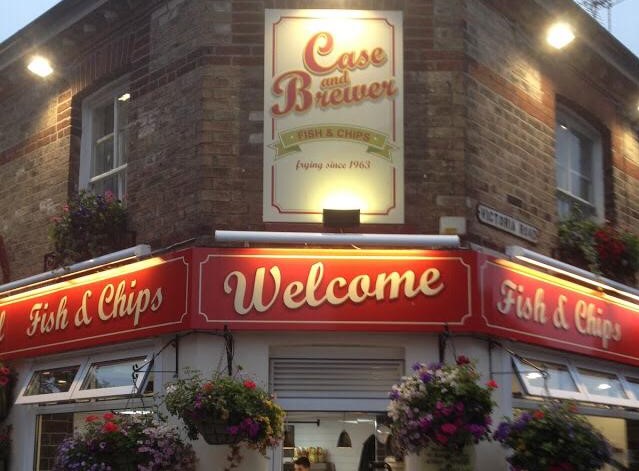…and how do I get a 5 star food hygiene rating?
Otherwise known as The Food Hygiene Rating Scheme (or Food Hygiene Information Scheme in Scotland), scores on the doors are the green stickers you see in the windows and doors of many food establishments throughout the UK.
Similar schemes trialled in countries including the USA, Canada, Denmark and Singapore had shown that a rating scheme that was visible to and accessible by customers significantly improved the hygiene standards of food establishments. Initial work began in the UK in 2005, leading to the eventual roll out by the Food Standards agency (FSA) of the 5 star rating system that still exists today (Pass / Improvement required / Exempt in Scotland).
How do food establishments get a good food hygiene rating?
Inspections are carried out by local authority Environmental Health teams, ideally every two years for food businesses with good hygiene standards and well trained food handler staff, or more regularly for those businesses that are struggling to achieve those standards. EHOs are trained to measure businesses against a set of criteria, including:
- Maintaining a secure food supply chain – ensuring all suppliers deliver high quality food that has been stored and delivered safely.
- Ensuring all food is sold within use-by dates.
- Storing food in the correct manner, whether this is in a fridge, freezer or dry food store.
- Storing dry food in cool, clean, well-lit and well-ventilated stores.
- Keeping fridges operating at 5°C or below and freezers operating between -18°C and -22°C to stop bacterial growth.
- Minimise time that high risk foods spend in the ‘Danger Zone’; between 8 °C and 63 °C
- Rotating stock correctly.
- Chilling hot food and thawing frozen food safely.
- Storing and preparing raw and ready-to-eat foods separately to prevent cross-contamination.
- Cleaning and disinfecting all equipment, surfaces, and clothing correctly.
- Following all personal hygiene procedures including thorough hand-washing.
- Ensuring that all staff are adequately trained for their role, whether handling food, or managing and supervising others to do so.
- Making sure food is safe to eat by maintaining recommended core cooking and reheating temperatures.
- Hot-holding foods at correct temperature and time.
- Disposing of waste safely and hygienically and maintaining clean outdoor areas.
- Keeping food equipment clean, free from damage, waterproof, and movable for easy cleaning.
As a customer, should I worry if I can’t see a food rating sticker?
The Food Standards Agency encourage food businesses to display their rating stickers – in fact, in Wales and Northern Ireland it is mandatory for food hygiene rating stickers to be displayed. You might wonder why a business would not want to display a rating sticker – do they have something to hide? The latest ratings for food businesses are also available online, via the FSA website; this is also the place to find out how to report a food business if you have concerns about their safety standards.
What can I do to make sure my food business gets a 5* star rating?
- As an owner or supervisor, make sure you fully understand what good food safety looks like and how you can bring safe methods and process into your business
- Make sure your team are fully trained in their roles – we recommend that all food handlers are trained to the standard of a Level 2 Food Hygiene Certificate / Food Safety Certificate at least.
If you are unsure about anything, talk to your local authority’s environmental health team. They are there to advise and would rather you asked a question and kept your customers safe than you make a dangerous, possibly even fatal, mistake









